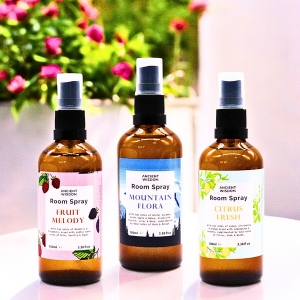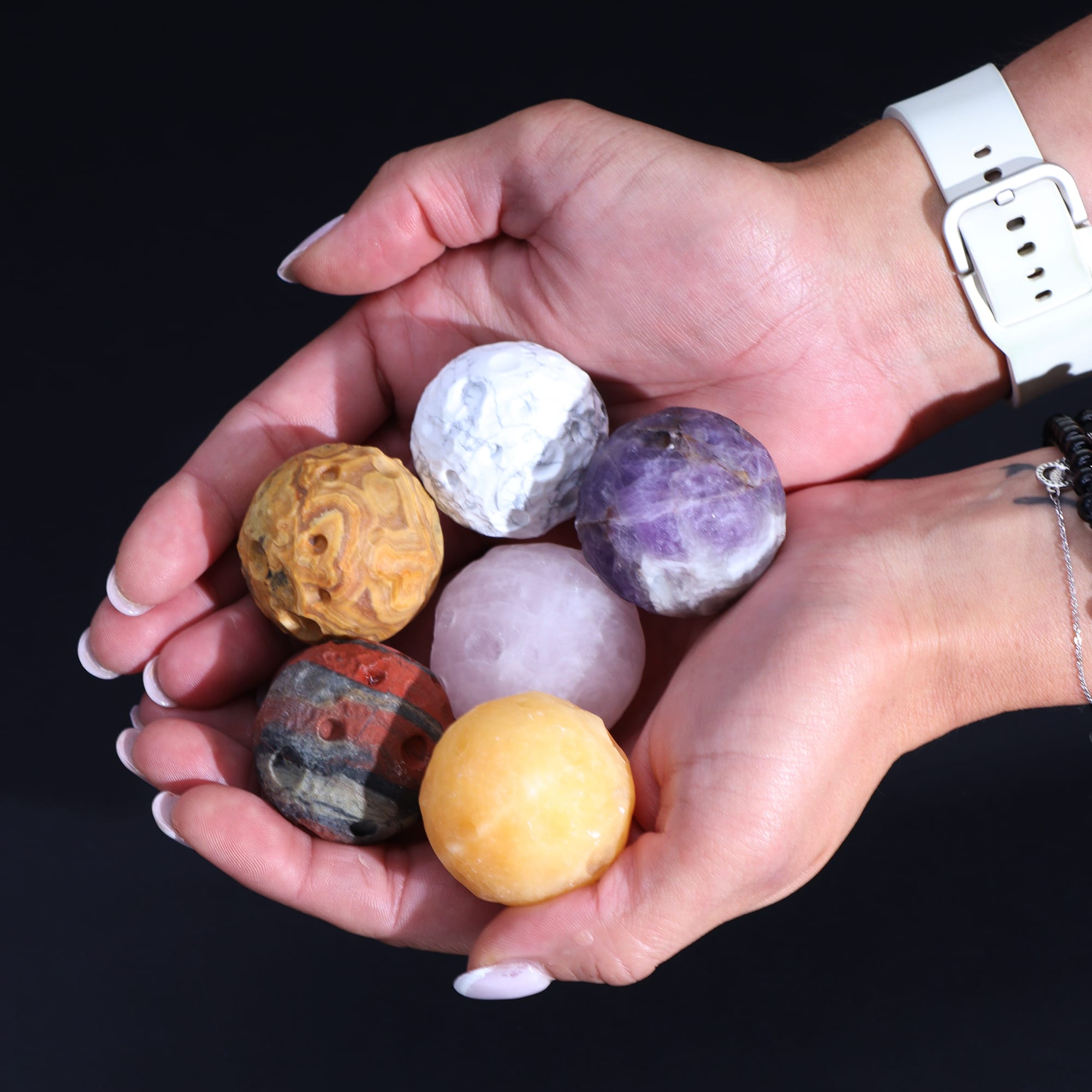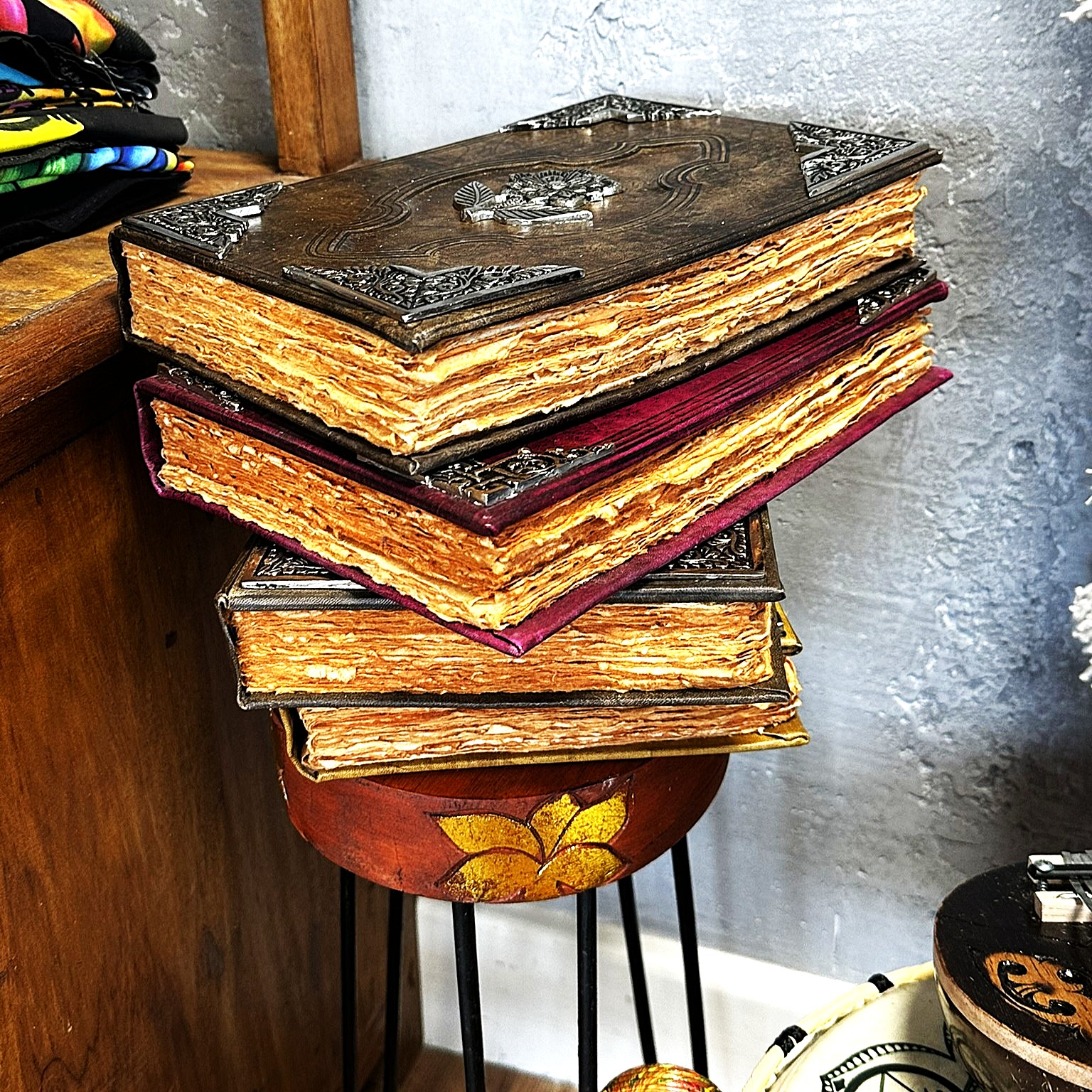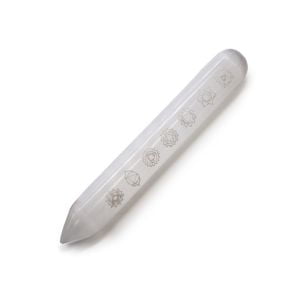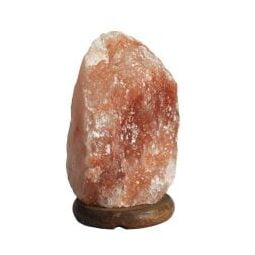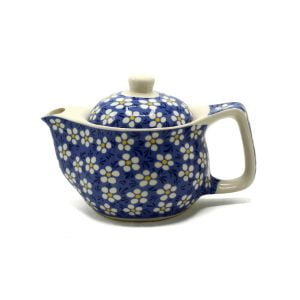Threads of Tradition
The cotton pareo, often called a throw or sarong, has deep roots in India’s long textile heritage, a tradition that stretches back thousands of years. Indian weavers have been spinning and dyeing cotton since the Indus Valley civilisation, developing fine handlooms and natural dyeing techniques that became renowned across the world.
They embody not only the comfort of natural cotton but also the quiet artistry of generations of Indian craftspeople – a link between ancient utility and contemporary style.
Threads of Tradition: The Indian Origins of the Cotton Pareo Throw
The cotton pareo, often called a throw or sarong, has deep roots in India’s long textile heritage, a tradition that stretches back thousands of years. Indian weavers have been spinning and dyeing cotton since the Indus Valley civilisation, developing fine handlooms and natural dyeing techniques that became renowned across the world.
In coastal regions, lightweight cotton cloths were ideal for the humid climate. They were worn as wrap-around garments, used as towels after bathing in rivers, or carried to the beach – practical, breathable, and elegant in their simplicity.
Over time, these versatile textiles evolved into what the modern world now calls the pareo or throw: a single piece of fabric that could serve as clothing, shade, or comfort.
Each region of India developed its own weaving patterns and motifs, from the block prints of Rajasthan to the airy muslins of Bengal. Today’s handcrafted cotton pareos continue this lineage, woven on traditional looms using sustainable fibres and time-honoured skills.
They embody not only the comfort of natural cotton but also the quiet artistry of generations of Indian craftspeople – a link between ancient utility and contemporary style.












